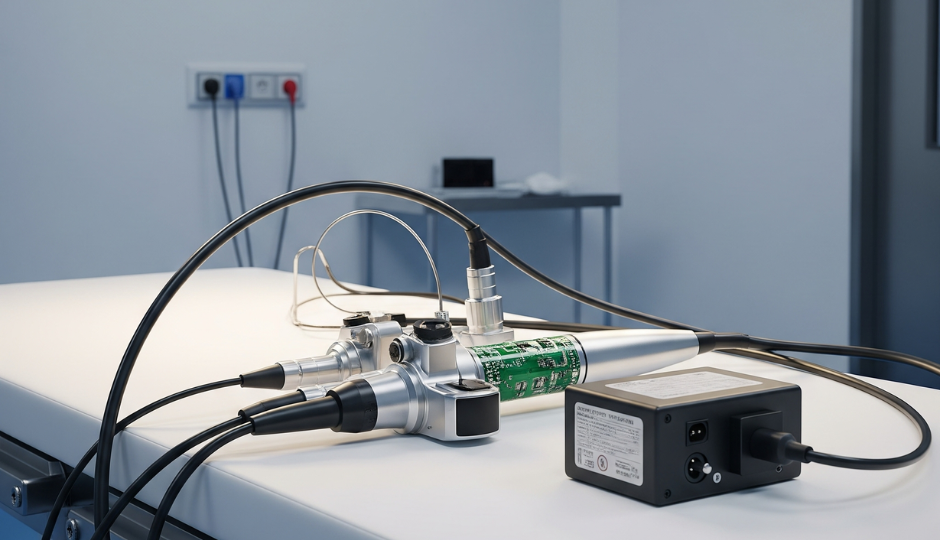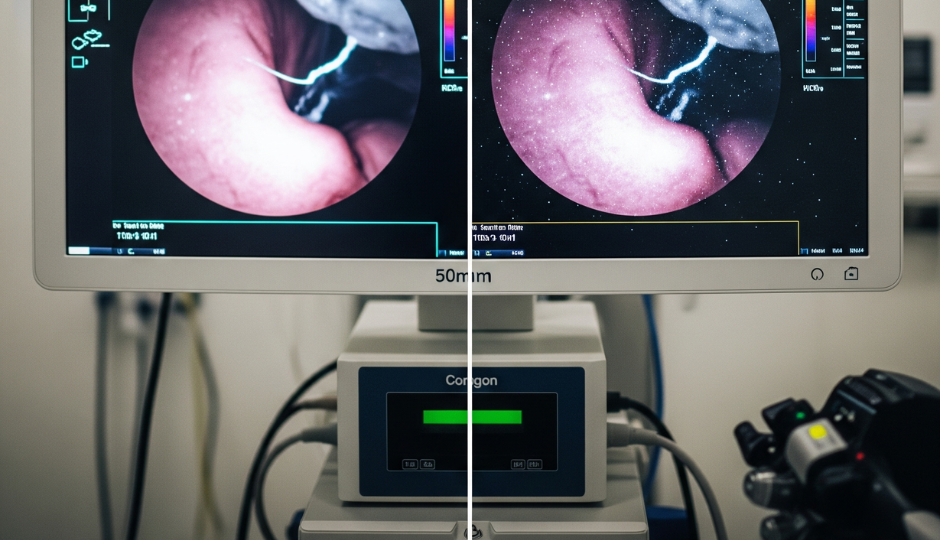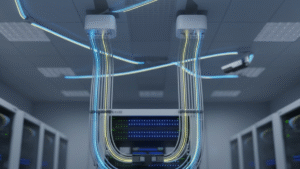Electronic endoscopes are vital for modern diagnostics, but poor power support can cause image loss, delays, and even device damage.
Electronic endoscopes rely on stable and regulated power adapters to ensure clear imaging, steady operation, and patient safety. Medical-grade adapters help prevent power surges, noise interference, and overheating issues.

Electronic endoscopes are advanced tools used for internal medical examinations. Their imaging system, sensors, and control units all depend on precise, clean power to operate smoothly. A failure in power delivery can mean a complete interruption during a procedure. That’s why I always recommend selecting high-reliability adapters designed for the medical field. In this article, I’ll explain the exact reasons why electronic endoscopes need special power adapters and what qualities we should look for.
What Are the Power Requirements for Electronic Endoscopes?
Most electronic endoscopes need regulated DC voltage, often 12V or 24V, to power cameras, processors, and lighting systems.
Electronic endoscopes commonly use 12V or 24V adapters with 30W–90W output power. These adapters must provide low ripple noise, medical-grade isolation, and built-in safety features.
The power requirements of an electronic endoscope are not very high in terms of wattage, but they are critical in terms of quality. These systems have sensitive image sensors and LED light sources. If the voltage fluctuates, the image may jitter or become dim. Noise from the adapter can also be picked up by the camera system, creating distortion or static. That’s why the adapter must have low ripple and excellent EMI performance. I once worked with a partner hospital that switched to a generic power adapter to save money. The image clarity dropped significantly, and we traced the issue back to the power source. They went back to a certified adapter, and the issue was instantly resolved.
How Do Power Adapters Affect Image Quality and Performance?
Even minor power issues can create image noise, lag, or shutdowns in real-time imaging procedures.
A stable power adapter minimizes ripple noise and EMI, which directly improves image clarity and real-time responsiveness during internal visual examinations.
Image clarity is a key performance factor in endoscopes. Doctors need a clear, stable view to perform procedures. If the adapter introduces electrical noise or fails to maintain a steady output, this noise can appear as flickering or static on the screen. Furthermore, poor power quality can cause the processor to overheat or freeze. I’ve had clients ask why their device randomly restarts or goes blank mid-use. More than once, the root cause was a low-cost, unregulated adapter that lacked surge protection or temperature management.
Comparison of Adapter Features
| Feature | General Adapter | Medical-Grade Adapter |
|---|---|---|
| Voltage Stability | ±5% | ±1% |
| EMI/RFI Shielding | Minimal | High |
| Isolation | None/Basic | 4000VAC reinforced |
| Certification (e.g. IEC 60601) | No | Yes |
| Overheat Protection | Sometimes | Always |
What Certifications Should a Power Adapter Meet for Endoscopes?
Medical adapters must meet strict international standards to ensure patient safety and compliance.
Power adapters for endoscopes should comply with IEC 60601 1, EN60601-1-2, and offer 2xMOPP isolation with low leakage current under 100μA.

Safety is critical in medical devices. Power adapters used in endoscopes are not just powering electronics—they’re indirectly connected to patients. Any risk of electric shock or signal interference can lead to serious outcomes. That’s why IEC 60601-1 certification is required. It ensures isolation, low leakage current, and fault protection. The second part, EN60601-1-2, addresses electromagnetic compatibility. I remember working on a project where we couldn’t get the product approved for hospital use until we switched to an adapter with certified 2xMOPP insulation and passed leakage current testing. The difference wasn’t visible on paper, but it made the device safe for real-world use.
Why Does Heat Management Matter in Power Adapters?
Excess heat can degrade power efficiency and shorten both the adapter’s and endoscope’s lifespan.
Medical-grade adapters include thermal shutoff, heat-resistant casing, and efficient power conversion to ensure reliable long-term use.
Electronic endoscopes are often used for long procedures. That means the adapter must run for hours without overheating. When I test power adapters, one of the first things I check is how hot the unit gets under load. Cheap adapters often lack thermal shutdown and use thin plastic that doesn’t disperse heat. If internal temperatures rise too much, the output may drop, or worse, the unit may fail. I’ve seen cases where non-ventilated adapters melted internally, cutting power mid-procedure. That’s why I always stress heat management. It’s not just a spec—it’s real protection for both patients and doctors.
Conclusion
Electronic endoscopes need stable, medically certified, and thermally managed power adapters to deliver safe and reliable performance.




